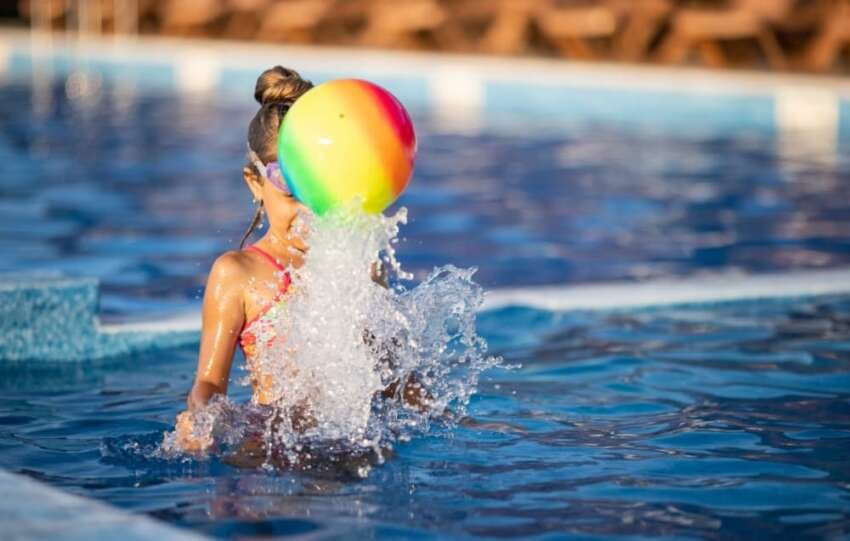Childhood is a time of rapid growth, not just physically but mentally. While parents often prioritise physical milestones, developing cognitive skills is equally essential. A child’s brain thrives on stimulation, and the right activities can set the stage for sharper thinking, better problem-solving, and enhanced memory.
Games offer an incredible way to combine fun with learning. Far from mere distractions, they act as exercises for the mind, strengthening essential skills while keeping kids engaged. Certain games are entertaining and developmentally beneficial for parents and educators seeking tools to nurture young minds.
Jigsaw Puzzles
Sitting down with a jigsaw puzzle does more than entertain. Each piece nudges a child’s brain to analyse shapes, colours, and patterns, sharpening their visual perception. Puzzles foster logical thinking, spatial awareness, and attention to detail, crucial for academic and everyday tasks.
For younger children, start by choosing more straightforward jigsaw puzzles with larger pieces. As they grow more confident, parents should try to introduce more complex designs that challenge their abilities. This gradual progression keeps the activity engaging and builds their patience and perseverance.
Some children might find it frustrating to fit pieces together, but parental encouragement is vital. Guiding them to take their time and celebrate small victories helps build resilience and confidence.
Mazes
Mazes are a fun way to help kids think critically. They must figure out paths, make decisions, and try again when they hit a dead end. This builds problem-solving skills, patience, and persistence. Solving a maze also boosts focus, as kids must concentrate to avoid mistakes and find the right path.
Different types of mazes work for various age groups. Younger children might enjoy simple paper mazes with significant, clear paths, while older kids can tackle more complex ones or even life-sized mazes at playgrounds.
These activities also improve hand-eye coordination and spatial awareness, helping with skills like writing and drawing.
It’s normal for kids to struggle initially, but that’s part of the learning process. Encouraging them to keep trying teaches them not to give up when faced with challenges. As time passes by, they’ll learn to stay calm, adapt, and solve problems confidently.
Snakes and Ladders
Snakes and Ladders is a classic game that combines fun with learning. Rolling dice and counting spaces allow children to practise their numerical skills while planning moves around snakes and ladders introduce a simple strategy. The mix of excitement and unpredictability keeps children engaged and eager to play.
It also teaches valuable life skills. Handling the ups and downs of the game, like climbing ladders or sliding down snakes, helps kids learn patience and resilience. Playing with others encourages turn-taking, following rules, and managing emotions, making it a great activity for family bonding and social development.
Hide and Seek
Hide and Seek is a simple yet effective game for building essential skills in children. When hiding, kids learn to assess their surroundings and pick spots where they are less likely to be seen. On the other hand, those seeking to develop their observation and focus as they scan the area to find others. These activities encourage strategic thinking and improve spatial awareness in a fun, interactive way.
The game also keeps kids active. Moving quickly to new hiding spots, crawling under furniture, or running to avoid being caught helps improve physical fitness. Hide and Seek works well in indoor and outdoor spaces, making it a flexible choice for different environments.
Creating a relaxed, encouraging atmosphere for children who feel shy or hesitant can help them feel more comfortable. Over time, they gain confidence and enjoy the game fully as hiders and seekers.
Hopscotch
Hopscotch is a classic game that combines physical movement with learning. Jumping between numbered squares helps children improve their balance and coordination while reinforcing their understanding of basic number sequences and patterns. It’s a simple yet effective way to keep kids active while sharpening their cognitive skills. Setting up a hopscotch grid is quick and adaptable.
Outdoor play can involve drawing the grid with chalk, while masking tape works perfectly indoors. Letting kids design their layouts makes the game more interactive and adds a creative element. While some children may struggle with coordination initially, they’ll gain confidence as they practice. A steady hand or guidance from parents can help them get started. If you want to keep kids active, discover our list of Fun Games to Play on the Trampoline for hours of laughter and energetic play.
Final Thoughts
Playtime is the foundation of a child’s learning journey. Each game offers unique benefits, from sharpening critical thinking to improving physical coordination. Making space for such activities in daily life ensures children grow up with essential skills that prepare them for future challenges. These games are a fantastic place to start if you’re looking for ways to support your child’s development. For tailored advice or specific developmental questions, consider seeking guidance from professionals specialising in childhood learning and development.


